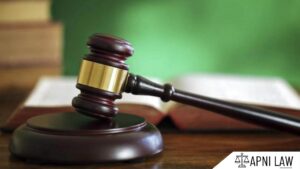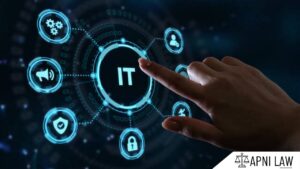Code: Section 311 BNSS
311. (1) In all trials before a Court of Session, the evidence of each witness shall, as his examination proceeds, be taken down in writing either by the presiding Judge himself or by his dictation in open Court, or under his direction and superintendence, by an officer of the Court appointed by him in this behalf.
(2) Such evidence shall ordinarily be taken down in the form of a narrative, but the presiding Judge may, in his discretion, take down, or cause to be taken down, any part of such evidence in the form of question and answer.
(3) The evidence so taken down shall be signed by the presiding Judge and shall form part of the record.
Explanation of Section 311 BNSS
Section 311 BNSS establishes the method by which the evidence of a witness is recorded in a Court of Session. The key aspects of this provision include:
-
Recording of Evidence:
The entire testimony of a witness, as it is given, must be recorded in writing. This may be done directly by the presiding Judge or by an officer of the Court appointed for that purpose under the Judge’s supervision. This ensures that every detail of the witness’s evidence is captured accurately. -
Form of the Record:
The evidence is ordinarily recorded in a narrative form, meaning it is written as a continuous account of the testimony. However, the presiding Judge has the discretion to record parts of the evidence in a question-and-answer format if he deems it necessary. This flexibility allows the record to reflect the dynamic nature of the examination more effectively. -
Certification and Incorporation into the Record:
Once recorded, the evidence must be signed by the presiding Judge. This signature certifies that the evidence has been taken in accordance with the established procedures and that it forms a part of the official record of the case.
This section is critical for maintaining a complete, accurate, and officially sanctioned record of witness testimony, which is essential for ensuring fairness and transparency in judicial proceedings.
Illustration
Example 1: Narrative Recording in a Criminal Trial
In a criminal trial before a Court of Session, a witness provides detailed testimony regarding the events in question. The presiding Judge directly records the witness’s narrative testimony during the examination. Once completed, the Judge signs the record, which then becomes part of the case file, ensuring that the testimony is preserved for review on appeal or for any subsequent proceedings.
Example 2: Question-and-Answer Format
During a complex commercial dispute, a witness’s testimony covers a series of technical questions. The presiding Judge opts to record the testimony in a question-and-answer format to clearly capture the details of the examination. This format helps in isolating key points and makes it easier for the parties and the Court to refer back to specific parts of the testimony. After recording, the Judge signs the document, thereby incorporating it into the official record.
Common Questions and Answers on Section 311 BNSS
1. Who is responsible for taking down a witness’s evidence in a Court of Session?
- Answer:
The evidence is taken down either by the presiding Judge himself or by an officer appointed by the Judge, under his direction and superintendence.
2. In what form is the evidence usually recorded?
- Answer:
The evidence is ordinarily recorded in a narrative form. However, the presiding Judge may choose to record parts of the testimony in a question-and-answer format if it is more appropriate for the case.
3. What ensures the authenticity of the recorded evidence?
- Answer:
The recorded evidence is signed by the presiding Judge, which certifies that it is a true and complete account of the witness’s testimony. This signed record forms an integral part of the case file.
4. Can the format of the recorded evidence be changed at the Judge’s discretion?
- Answer:
Yes, while the default is a narrative format, the presiding Judge has the discretion to record any part of the evidence in a question-and-answer format if he believes it will better serve the interests of clarity and fairness.
Conclusion
Section 311 BNSS provides a structured and flexible approach to recording witness evidence in a Court of Session. By mandating that the evidence be taken down in writing—whether as a continuous narrative or in a question-and-answer format—and requiring the presiding Judge’s certification, this provision ensures that the testimony is accurately documented and preserved as an essential part of the judicial record. This process is fundamental to maintaining transparency and fairness in the legal system. For further legal insights and detailed guidance on evidentiary procedures, visit ApniLaw.











